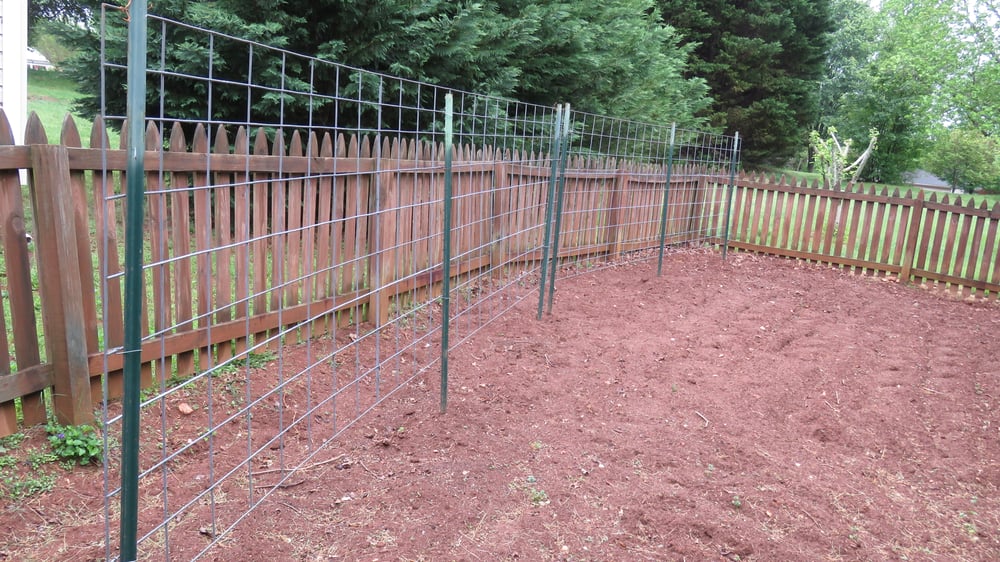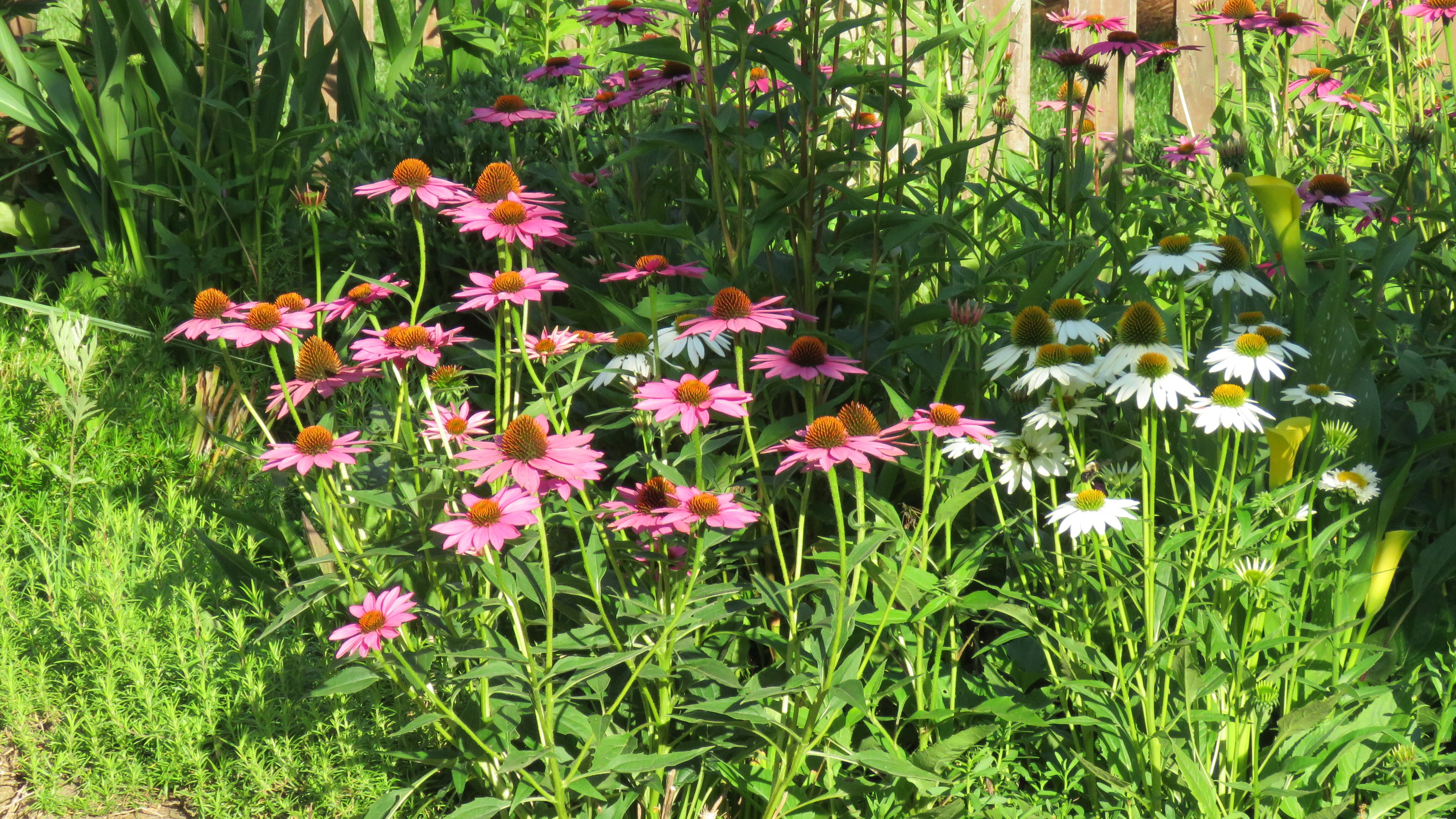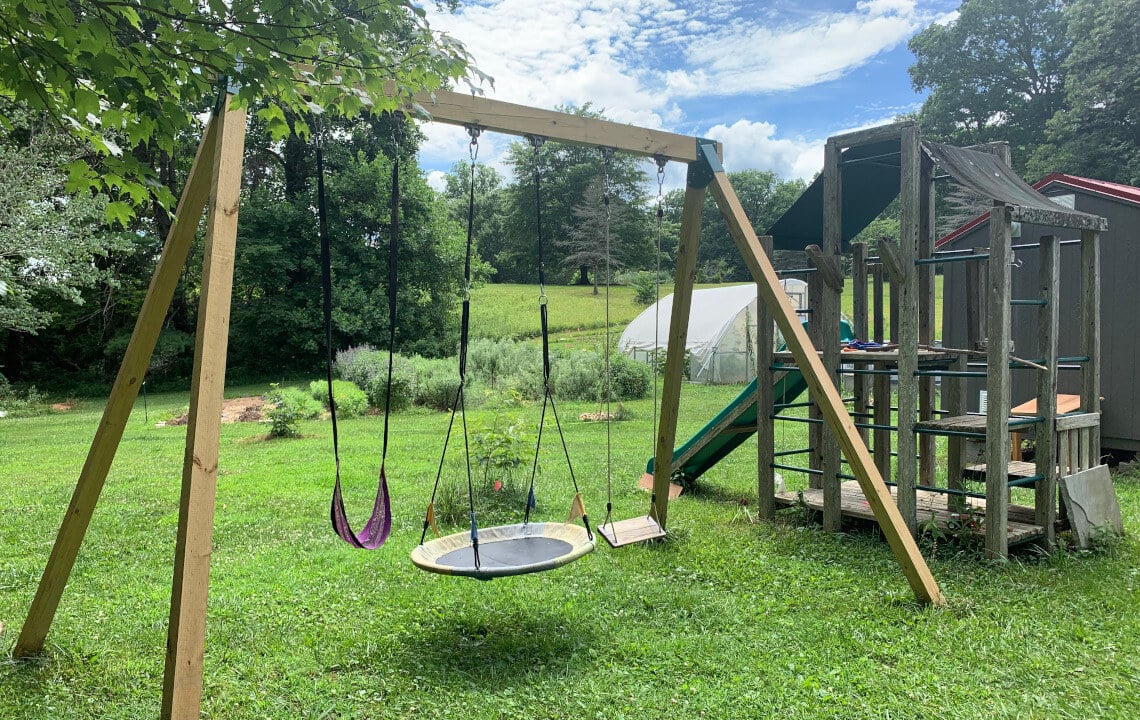The first step to a successful garden is to prepare the soil. A seasoned gardener shares his tips on evaluating, amending and preparing your soil for a bountiful harvest.
Spring is when “a young man’s fancy turns to love.” It is also a time when gardeners get the “itch” to begin preparation for the annual vegetable garden.
If you have never ventured into gardening, you would be amazed at the goodness of fresh vegetables and the possible yield in a small backyard garden.
Here are a few tips to help you avoid some of the pitfalls that afflict newbie gardeners. Hint: it all starts with the soil.
Evaluation of Soil
Once you select the location for your garden, the first thing on the agenda is to evaluate the soil.
Several characteristics will determine the suitability of the soil for growing vegetables.
If the soil is heavy clay, it may restrict the roots of plants from spreading through the soil to secure nutrients to feed the plant.
If the soil is sandy, it may not sustain enough water to nourish the plants.

Other characteristics determine the suitability of the soil.
No matter what type of soil you have, don’t give up! You can amend the soil to improve its suitability for gardening.
Adding compost and other organic matter can improve sandy and heavy clay soils. In the case of sandy soil, it helps to maintain proper moisture; in the case of clay soil, it helps to loosen the soil.
Of course, any extraneous items, such as rocks and other debris, should be removed from the soil, and it should be tilled to loosen it.
Check Soil pH for Best Results.
The soil's relative presence of acidity/alkalinity is identified as the pH.
Neutral on the scale is 7.0, with any number lower denoting the acid level and any number higher denoting the alkalinity level.
Most vegetables grow best in the pH range of 6 to 7.5.
If you are concerned about the pH of your soil, you may submit samples for testing or purchase home test kits.
I recently checked on the ten most highly recommended home test kits, and they ranged in price from a high of $65 to a low of $15. All of these were available online at Amazon.
Your local extension office is also an excellent resource for soil testing kits.
If soil is acidic, limestone may be added to bring it closer to neutral. Add slowly until the preferred level is reached. You want to stay within the level, as lowering pH is more challenging than raising it.
Alkaline soil may be improved by adding sulfur. Again, it should be added slowly until the desired pH is reached. It may take some time to reach the desired level.
Learn how to properly collect and prepare a soil sample for testing in: How to Know Your Soil Type And Why It Matters.

The Benefits of Compost
Composting can be as simple as building a small area to confine the organic matter discarded from your daily meal preparation.
All that is required for this type of compost heap is to set four corner posts into the ground and nail suitable width boards for the side and end panels.
Discarded vegetable trimmings and other organic matter should be retained and added to the compost as available.
Mix this organic matter with the soil and keep it loose by frequently turning it with a pitchfork. Keep the compost moist but not too wet.
Items such as grass clippings, straw, cardboard, leaves and paper without ink may be added. Manure from farm animals is acceptable, but not from animals that eat meat. In addition, do not add certain foodstuffs, such as cheese, meat, pet waste, fats, oils, weeds with seeds, etc.
Commercial composters are available; most are drum-shaped and may be rotated with a crank. This is convenient, but a basic compost heap will provide good compost. It only requires a little more work to maintain.
Learn more in: Tips On Starting Your Own Compost (Nature's Free Fertilizer)
Planning Garden Layout
Using a piece of graph paper and outline plans for your vegetable locations is a good idea.
Use a tapeline to measure your garden location and outline it on your graph paper. Then note the orientation of the sun to the garden. This may factor into where and how you locate your plant selections.
A guide from a good gardening resource, such as an agricultural college, local county agent, etc., can be invaluable in helping you plan your garden. These guides and the information provided on seed packages will usually provide information regarding row and plant spacing.
Avoid crowding the plants and/or seeds as this may decrease versus increase your yields.
Another consideration is that the placement of tall versus short plants may affect sunlight availability depending on the sun's orientation.
When planting, it may look like you are leaving too much space between seeds, plants and rows, but when the plants begin to mature, you'll be surprised at how much space they require for proper growth.

Additional Soil Amendments
Amendments may be made to the soil at the time of planting to support the proper growth of plants.
These may be commercial fertilizers, manure type fertilizers, or compost. Be sure to check the labels of commercial, inorganic fertilizers and adhere to best storage and use practices.
Be aware that certain manure-type fertilizers may contain harmful properties that could possibly contaminate vegetables. These should be used carefully after proper validation of suggested safe usage.
Other Useful Tips
Here are a few additional gardening tips I have found helpful:

- Rather than rebar or tomato cages, a few years back, I purchased cattle panels. My garden is approximately 32 feet long, and cattle panels are 16 feet long and 5 feet high. I use “T” posts to drive into the ground and heavy wire to attach the cattle panels. The panels are placed one foot above the soil, providing 6-foot-high plants to be secured to the panels with soft garden twine. The blocks of the panels are large enough to reach through and pick tomatoes. These panels allow plants to be secured without bunching them too tightly, allowing the sun to reach fruit. Panels are available from Tractor Supply or similar retailers.
- When repotting flowers, I scatter used potting soil into the garden to provide organic matter rather than discarding it.
- I also scatter a light layer of leaves over the garden in winter to plow in for more organic matter.




.jpg)




















